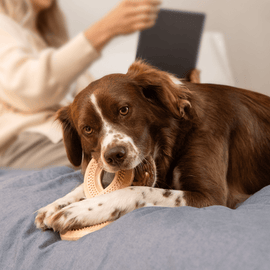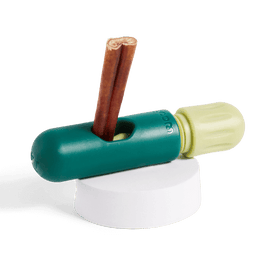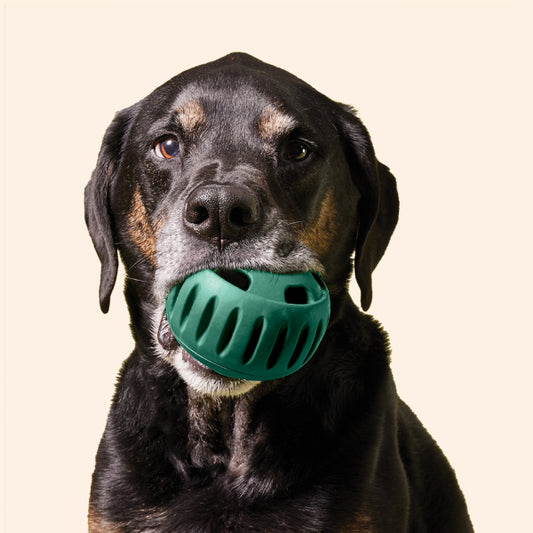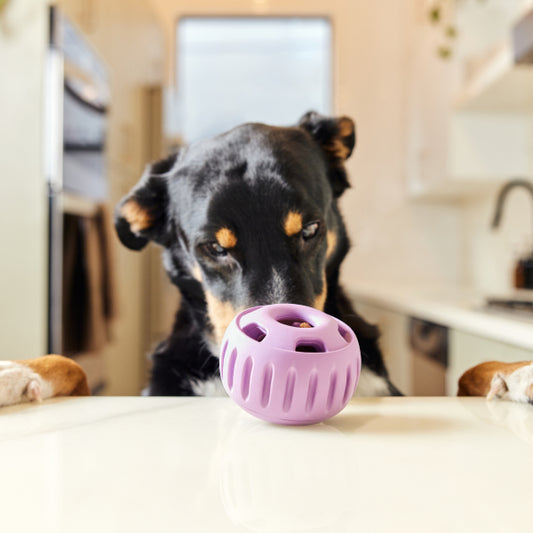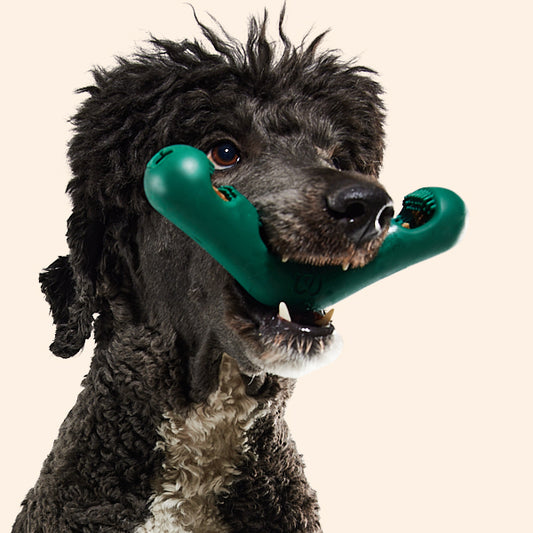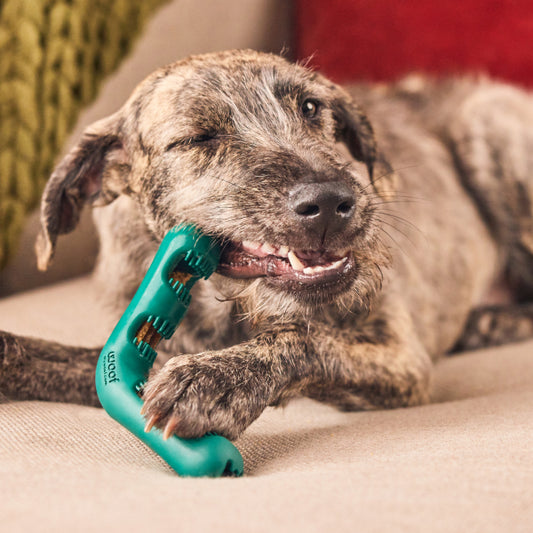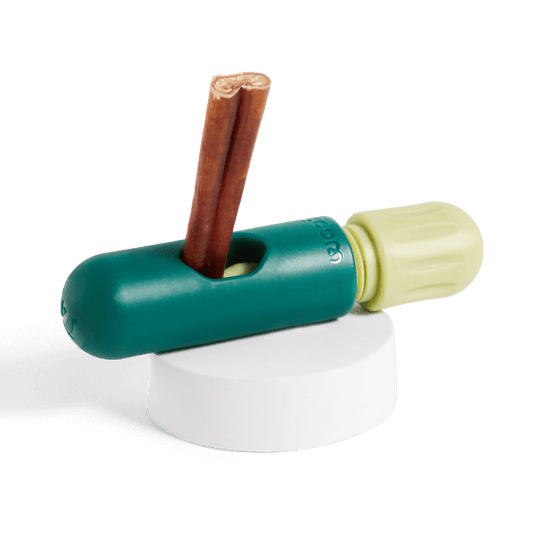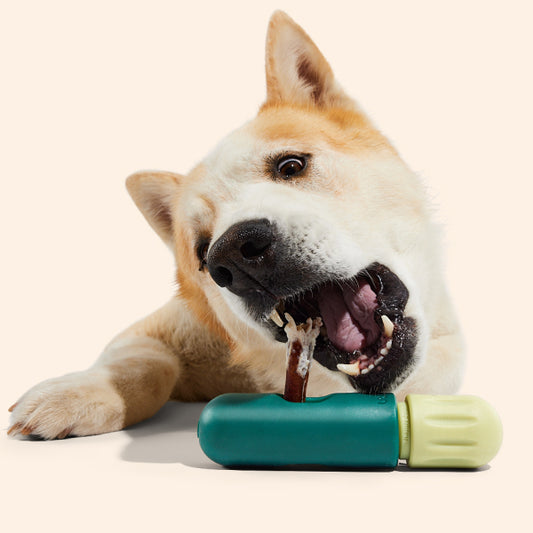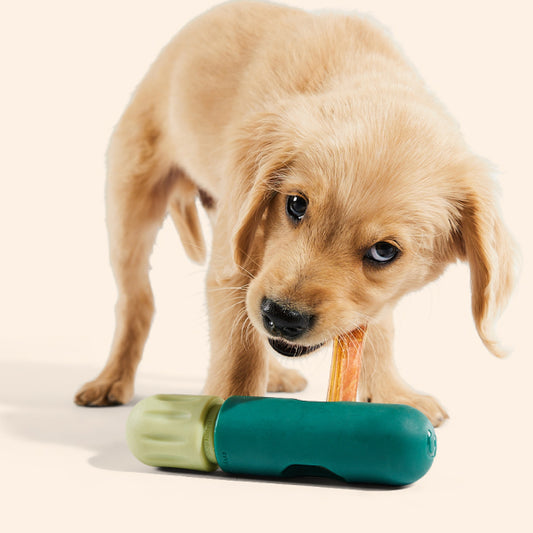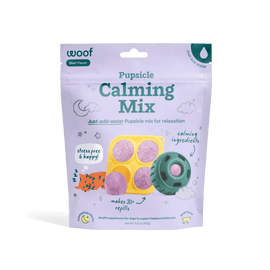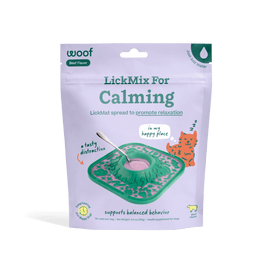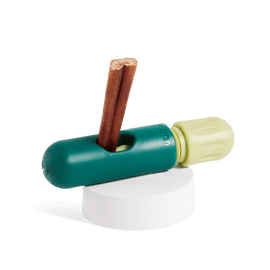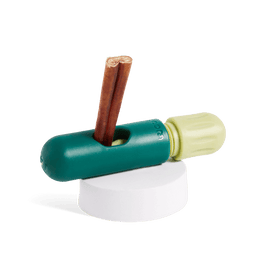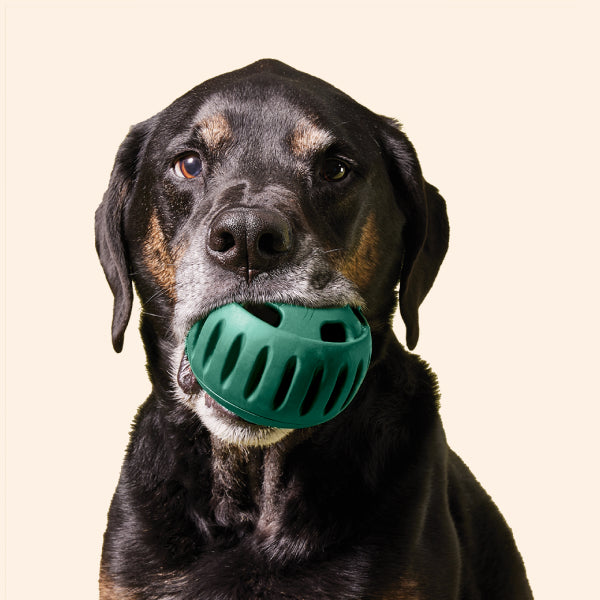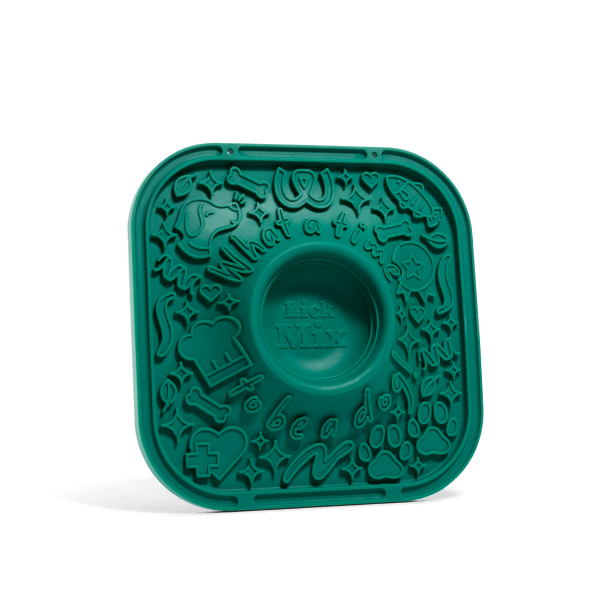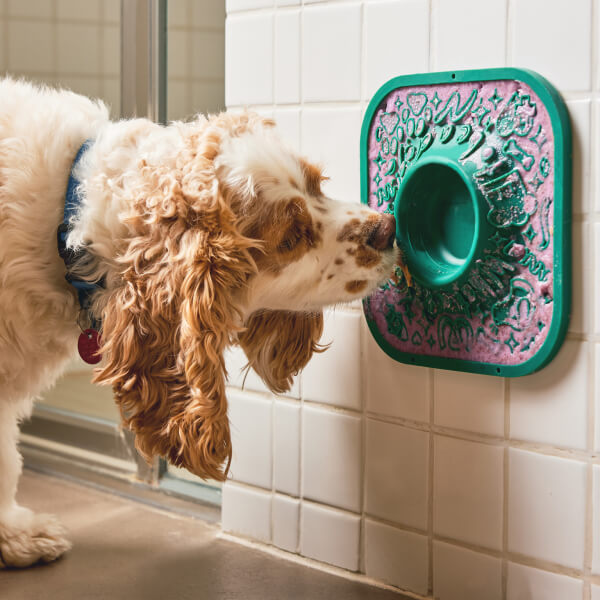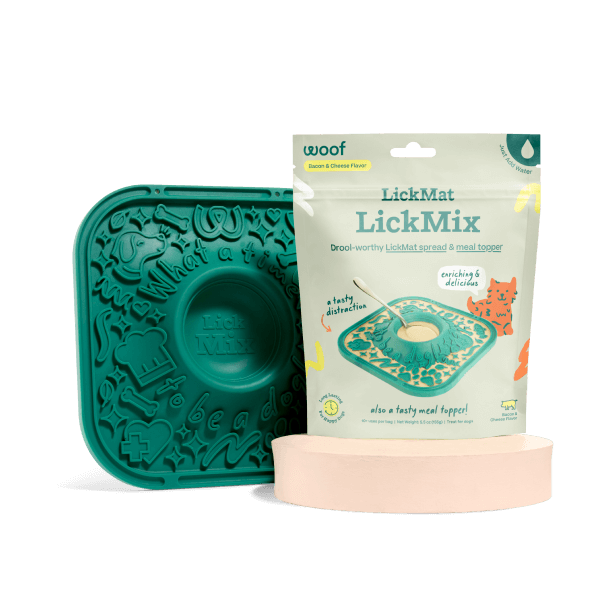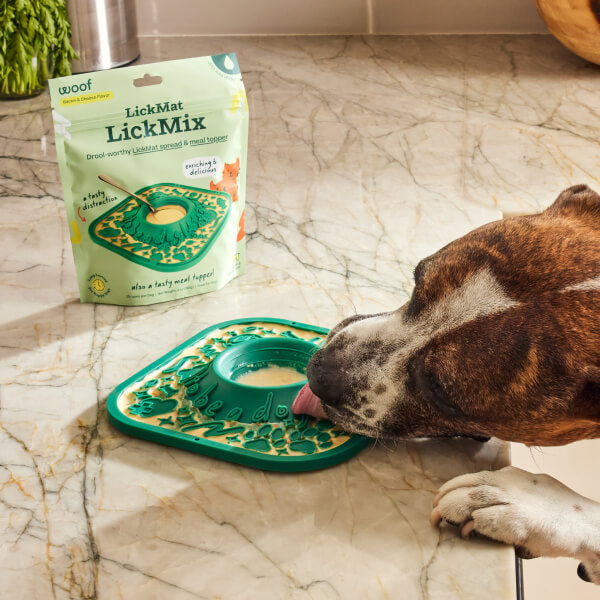
Ever watched your pup zero in on a specific person and unleash their voice like they’re on a mission? It’s totally normal, and you’re not alone—many dog owners wonder, Why Does My Dog Bark at Certain People? The answer is a mix of instinct, perception, past experiences, and sometimes just plain personality quirks. Let’s unravel the mystery and explore ways to help your dog feel calmer and more confident around all kinds of people.
Dogs are masters at reading the world through scent, sound, and subtle movement, and they notice details we completely miss. Sometimes that means they’ll react more strongly to certain people than others. The key is figuring out the “why” so you can guide them toward more relaxed interactions.
Who’s the Bark For?
Barking is a dog’s built-in announcement system. It can mean “Hey, something’s different!” or “I’m not sure about this!” Dogs are wired to be attentive to changes in their environment, so when someone new walks in—or even someone familiar moves in an unusual way—your dog might feel the need to call it out.
Energy, Body Language, and Scent
People carry unique combinations of movement, tone, and smell. A quick stride, a deep voice, or a scent from another pet can all catch a dog’s attention. For example, someone wearing a hood, carrying a large bag, or wearing sunglasses may seem more mysterious and harder for your pup to read, which can trigger an alert bark. Dogs also notice subtle cues like posture, eye contact, and even heart rate—things we don’t consciously register.
Past Experiences and Learned Behavior
Your dog’s history plays a huge role. A less-than-friendly encounter in the past might lead to defensive barking when they see someone similar. Likewise, if barking at certain people has ever gotten them attention (positive or negative), the behavior can stick. Over time, dogs create mental “profiles” of who feels safe, who feels questionable, and who needs a few more sniffs before earning trust.
Other Possible Triggers
• Protective Instinct: Some breeds are naturally more territorial and alert.
• Unusual Objects: Hats, canes, umbrellas, or wheeled luggage can alter a person’s silhouette and make them seem unfamiliar.
• Emotional Cues: Dogs can pick up on human anxiety or excitement, which may make them more reactive.
• Health Factors: Changes in hearing, eyesight, or cognitive function in senior dogs can increase reactivity to unfamiliar people.
What You Can Do to Help
First, be a detective. Watch for patterns—what do the people your dog barks at have in common? Is it their clothing, voice, pace, or even the time of day?
Once you know the triggers, work on building positive associations. When someone approaches and your dog remains calm, reward them with praise, gentle petting, or a tasty distraction like The Pupsicle—perfect for keeping their mouth busy and their mind focused on something happy. You can also use a LickMat or a LickMat Starter Pack to create quiet, soothing moments during introductions.
Training Tips for a Calmer Greeting
- Choose a consistent cue like “Easy” or “It’s okay” and say it in a calm, steady voice when you see a trigger approaching.
- Increase distance at first—introduce your dog to people from farther away before closing the gap.
- Use high-value rewards only for calm behavior around people who usually trigger barking.
- Ask cooperative friends or family to help with short, positive practice sessions.
Professional Guidance Can Make a Difference
If your dog’s barking feels excessive, anxious, or fearful, a certified positive-reinforcement trainer or veterinary behaviorist can help. They’ll create a personalized plan that builds your dog’s confidence and reduces reactivity without punishment-based methods.
Wrap-Up: A Calmer, Happier Pup
Barking at certain people isn’t automatically a problem—it’s communication. By recognizing the triggers, pairing encounters with tasty, engaging tools like a Pupsicle or LickMat session, and rewarding calm behavior consistently, you can help your dog replace suspicion with curiosity and comfort. In time, those barks can fade into friendly tail wags, making life more relaxed for you, your pup, and your guests.
